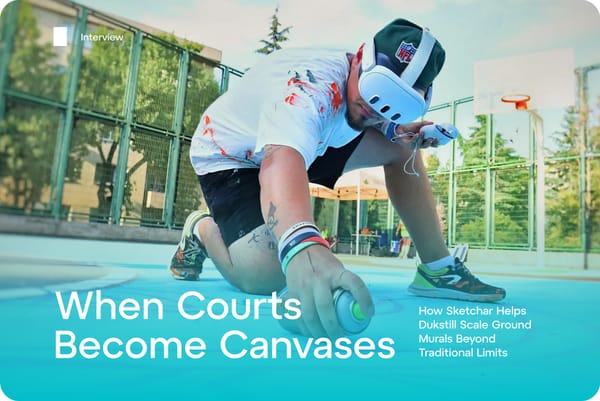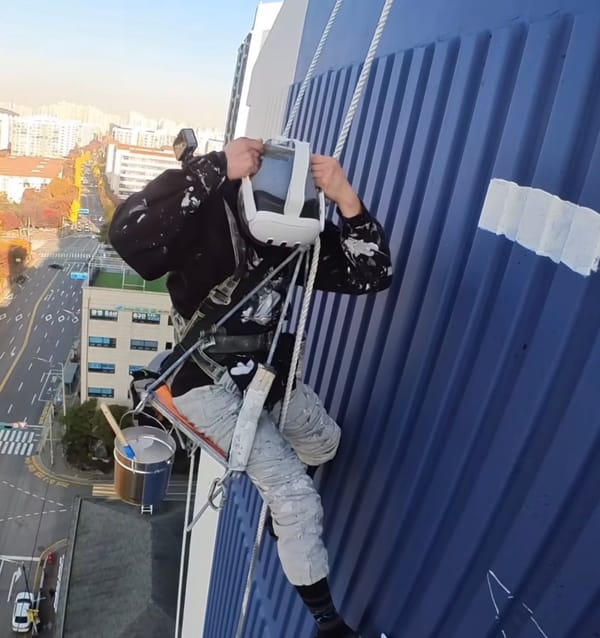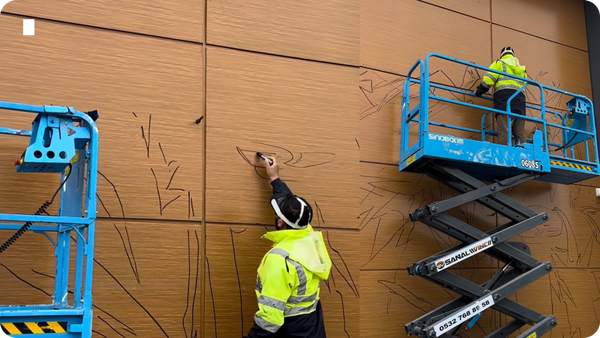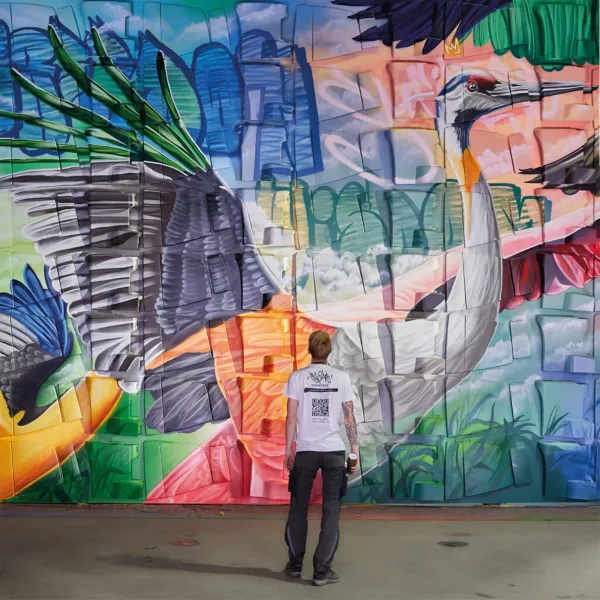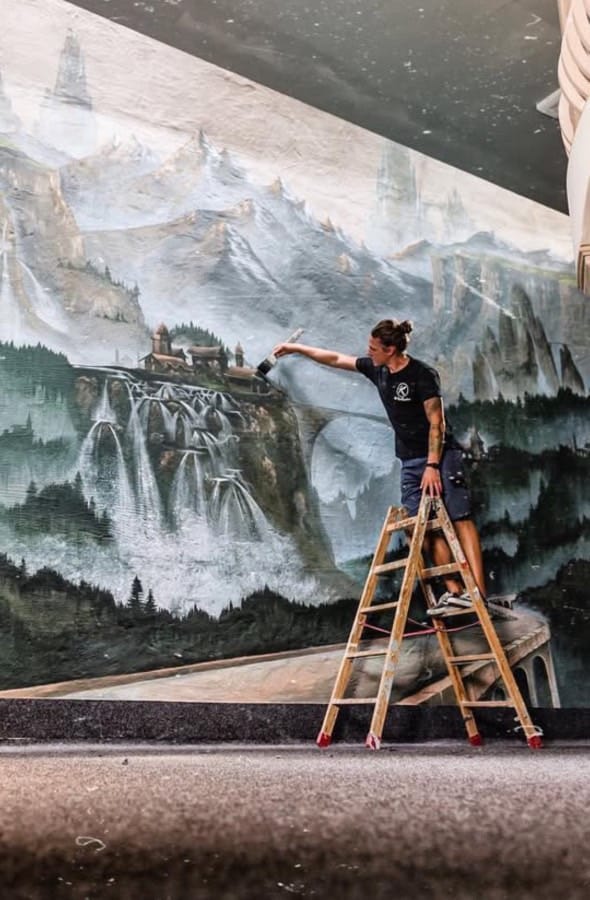Technology is reshaping the world of street art and mural painting — and few artists embrace that evolution as boldly as Nicky Davis, a Houston-based muralist, illustrator, and toy designer. Known for his whimsical characters, bold colors, and imaginative worlds, Nicky has carved out a distinctive style influenced by early graffiti culture and the vivid energy of his hometown.
Always pushing the boundaries of creativity, he’s one of the early adopters using VR for mural art with Sketchar on Meta Quest, blending traditional painting skills with cutting-edge tools. We asked Nicky about this unique combination of art and technology — and what the future looks like for artists stepping into augmented and virtual reality.
Enjoy the conversation!
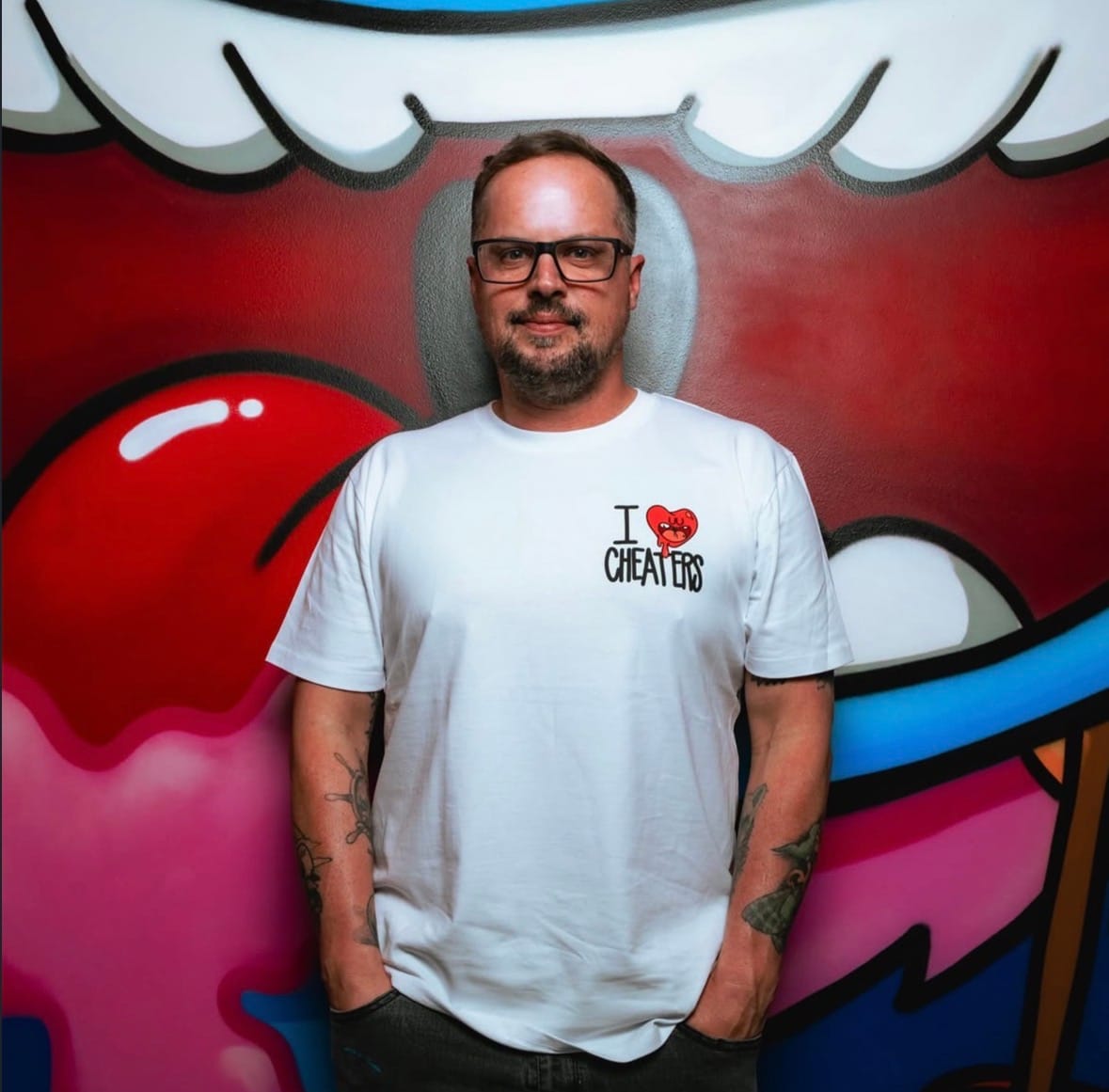
1. You’re one of the first artists to use VR for mural painting. What was your first impression when you tried VR for your mural art?
Nicky: My first impression was honestly just how fun it was. I love exploring new tech that can help me make art, and VR immediately felt like a tool I could use.
2. What do the “haters” still misunderstand when they comment “toy” under VR-for-street-art videos?
Nicky: A lot of people still think the headset is doing the painting for me. They see a piece of tech and assume it replaces skill. But these are my designs that I draw out, and it’s my years of practice that let me paint them the way I do. The VR isn’t the artist — it’s just a tool.
It reminds me of when projectors first showed up. People hated on them too. Then eventually everyone adopted them and it became normal.
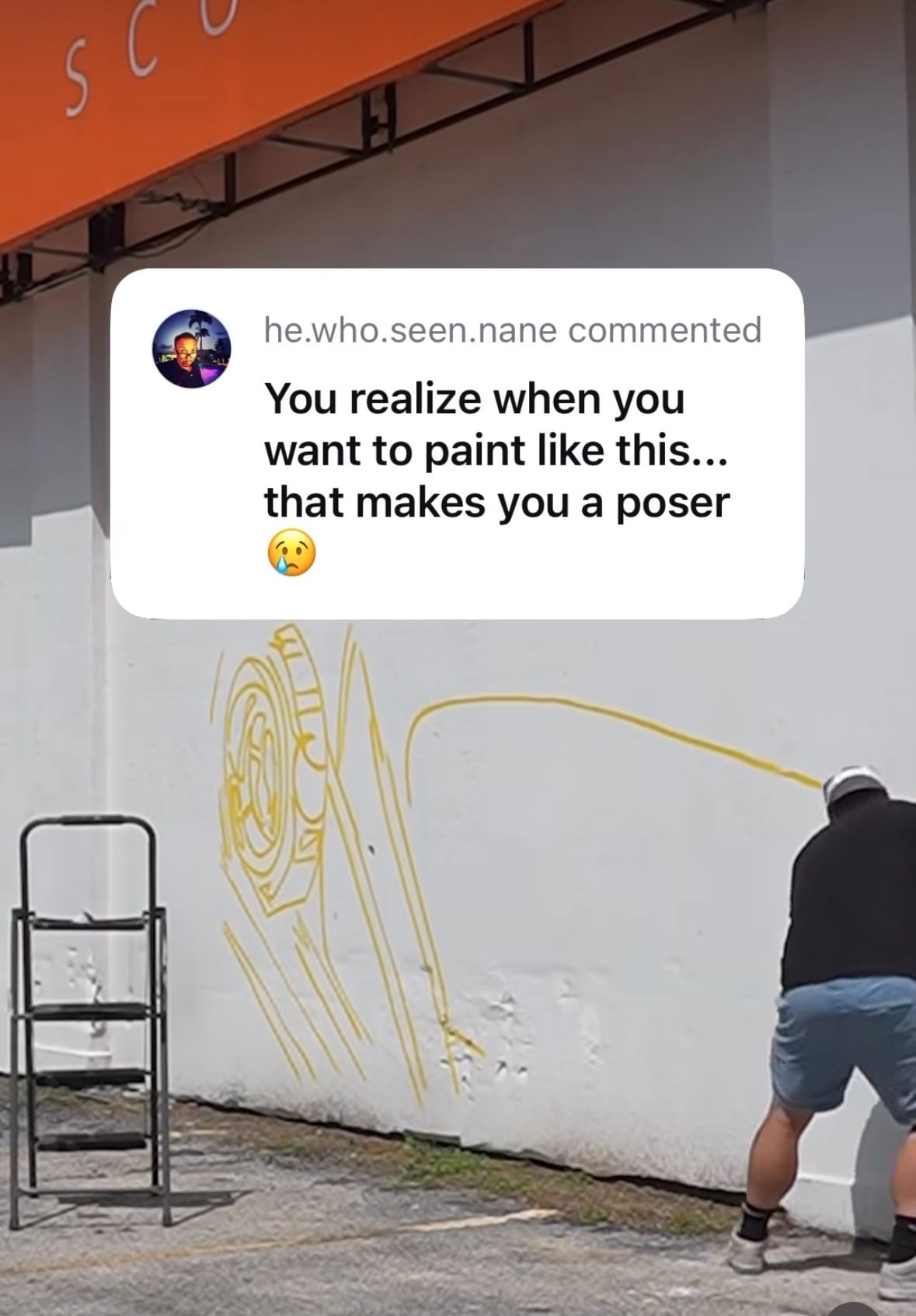
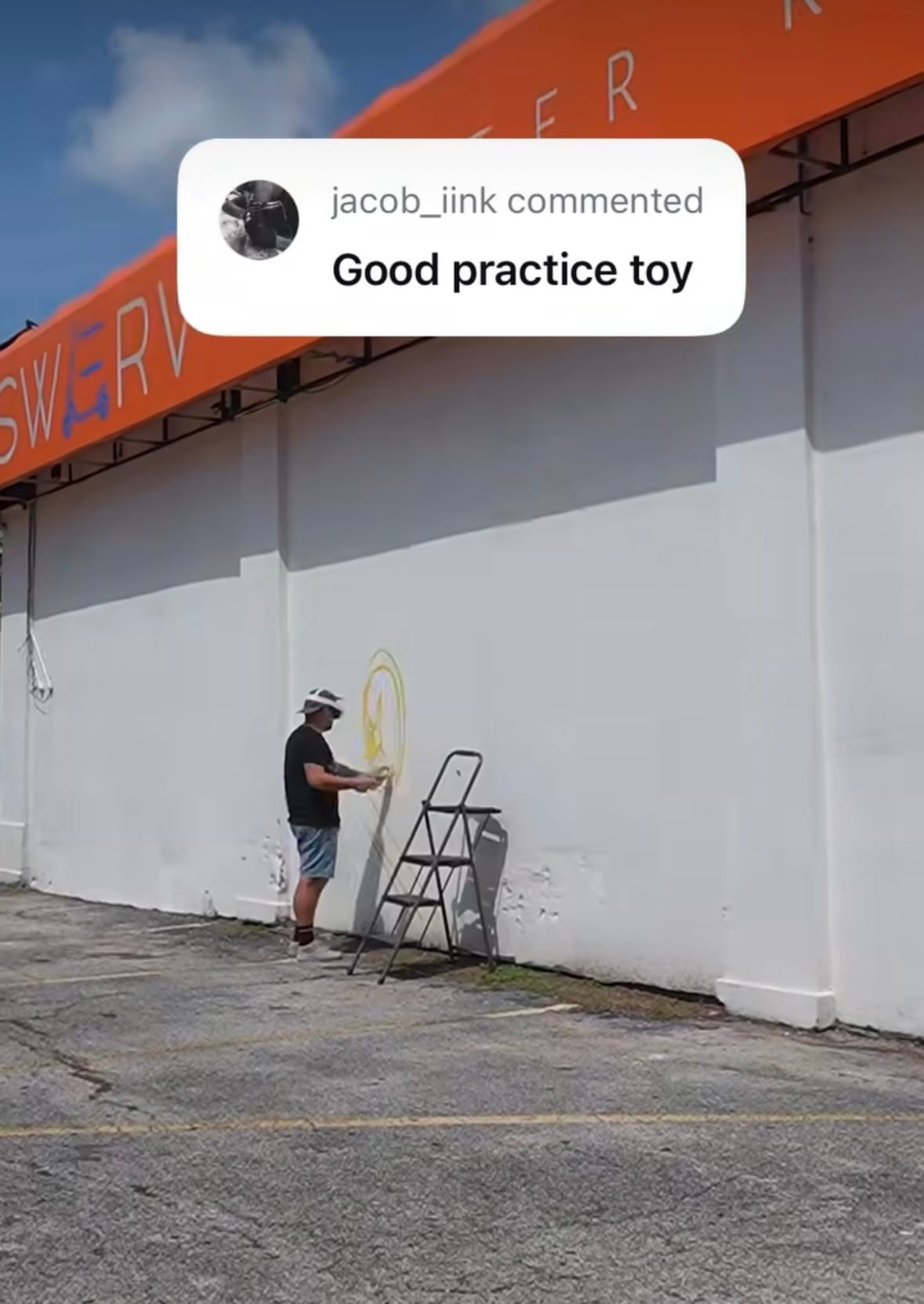
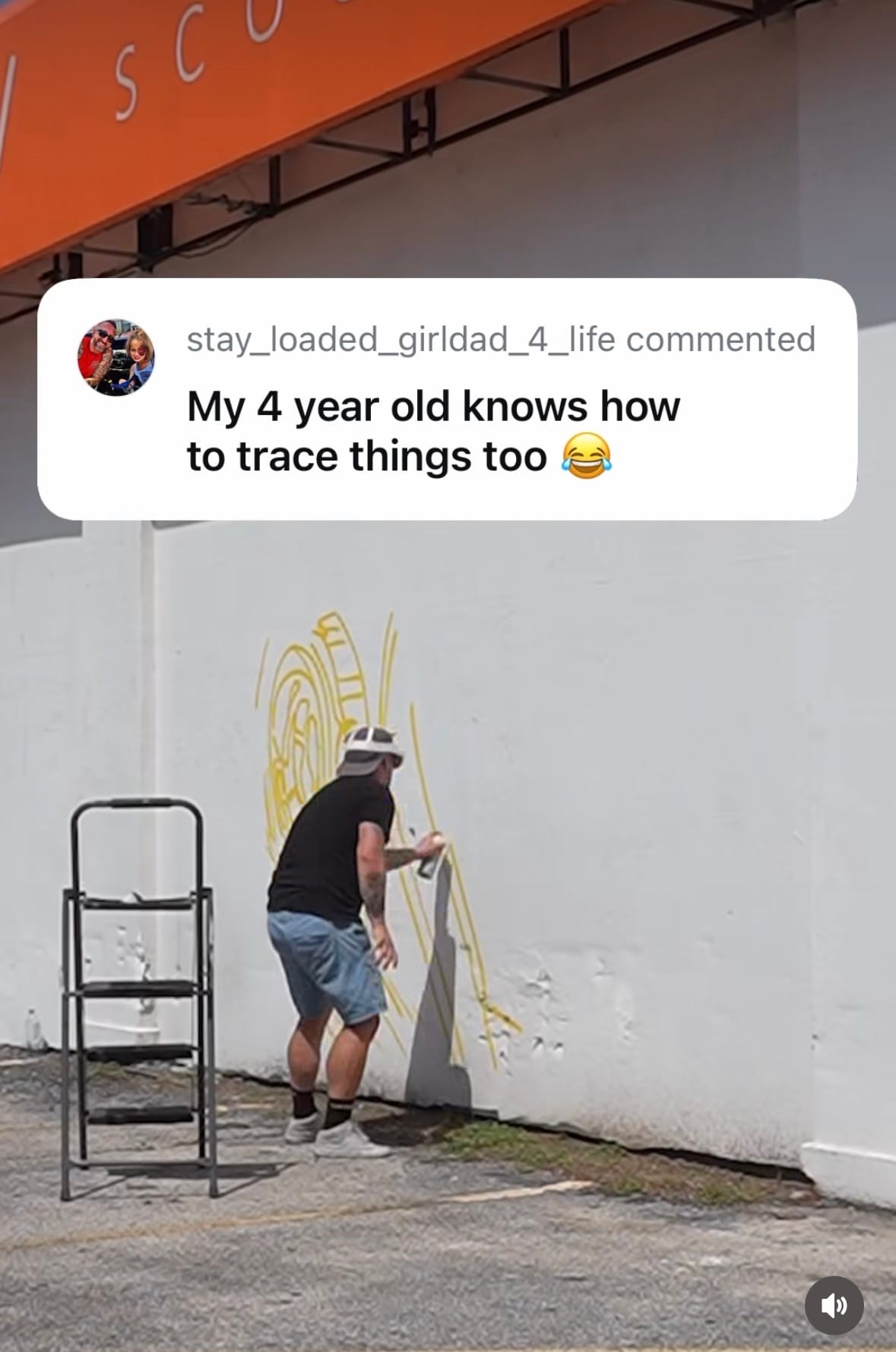
Video: Nicky Davis Instagram
This is the next wave. People will hate it for a little bit, and then everyone will have a headset. I just turn the negativity into fuel and keep showing how useful it really is.
3. What is the most valuable aspect for you when using a VR headset and Sketchar for both commercial murals and personal artwork?
Nicky: The biggest benefit is time. I can lay down an outline sketch in minutes. If I’m freehanding, doodle-gridding, or setting up a projector, that would take a lot longer.
Another huge advantage is being able to work in tight spaces or during the day. If you want to sketch in a hallway or a narrow spot, you can do it with VR. That was impossible with a projector.
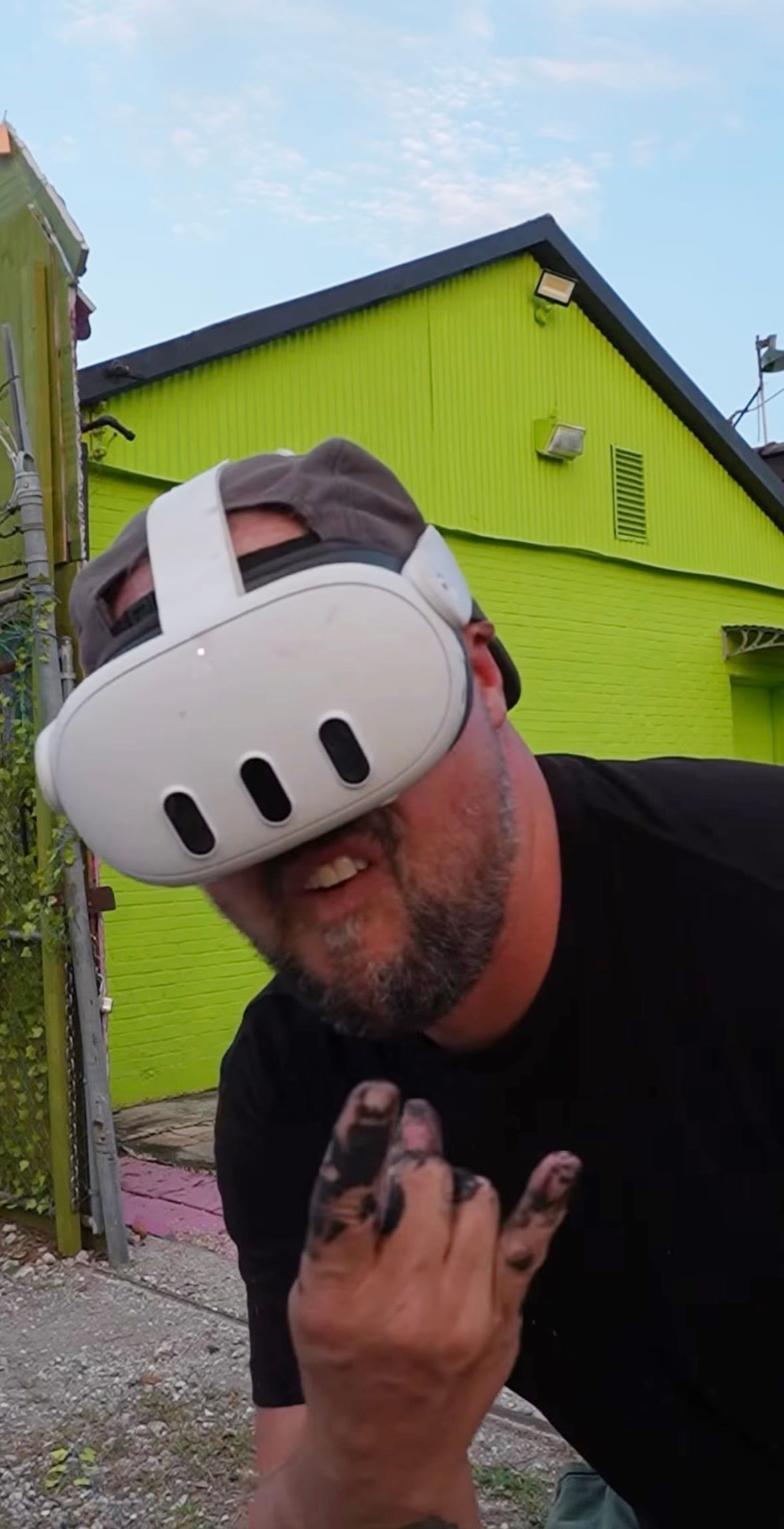
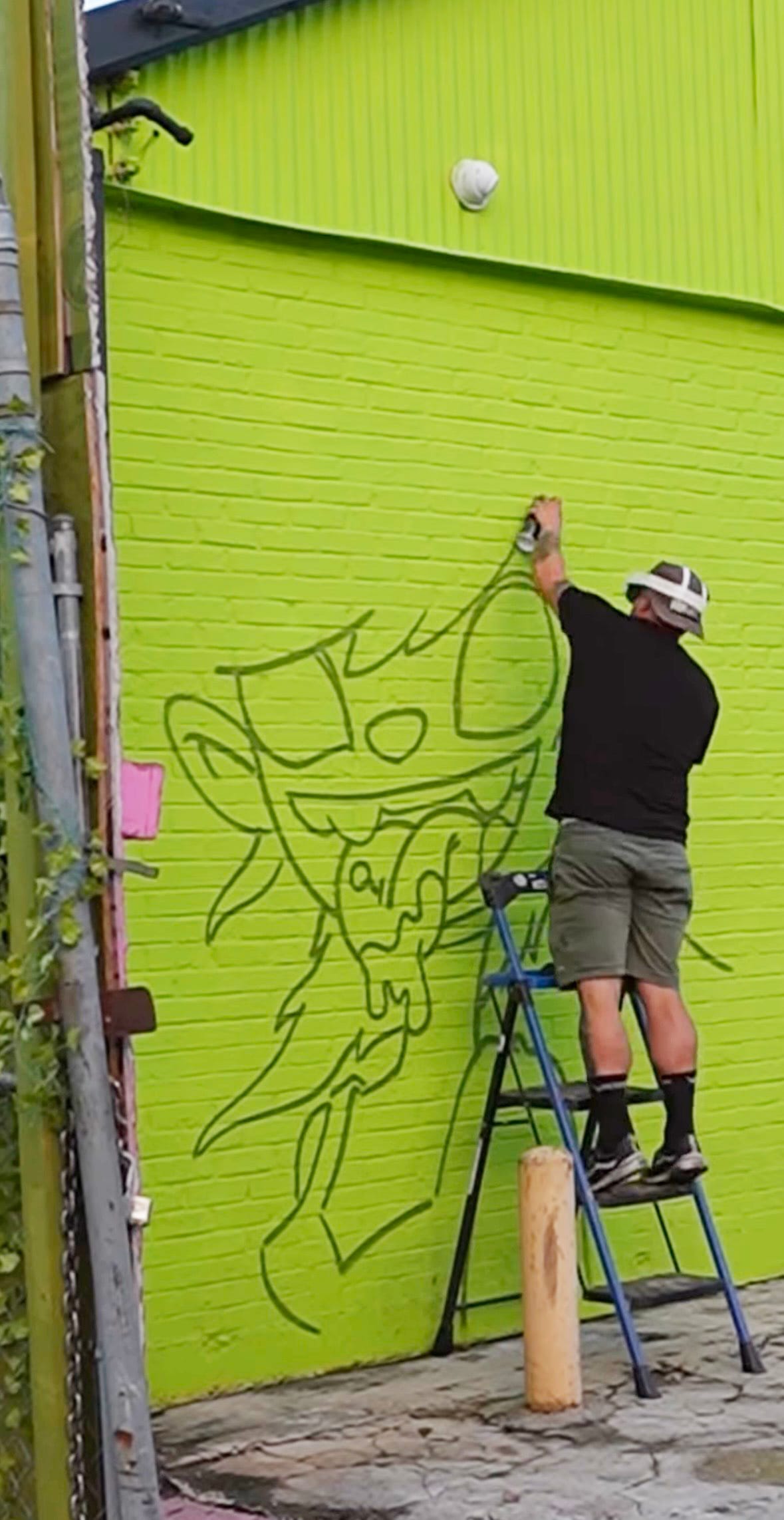
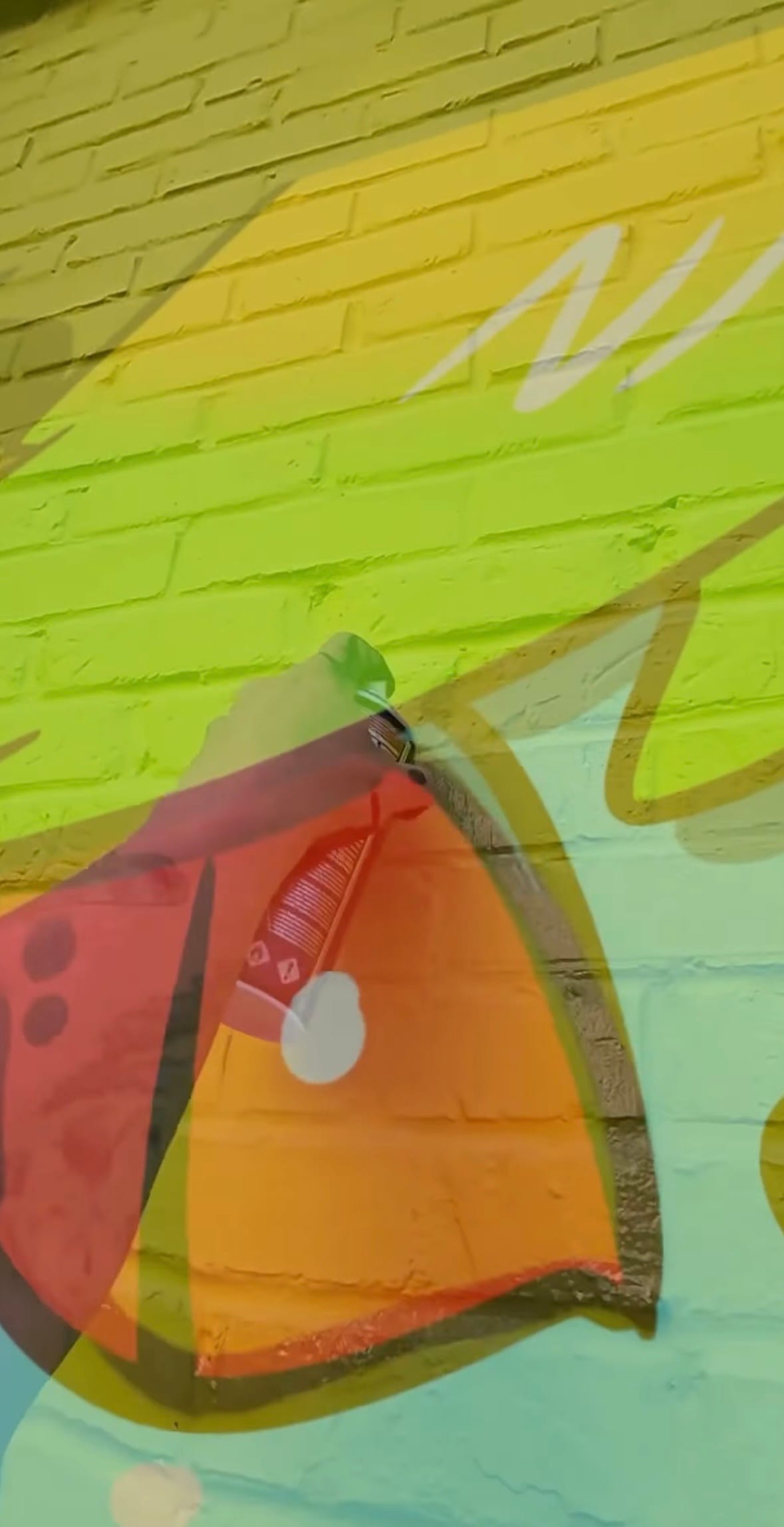
Video: Nicky Davis Instagram
4. How would you compare older tools like projectors or drawing grids to using VR headsets like Meta Quest for mural art?
Nicky: Projectors and grids work, but they come with a lot of hassle. With a projector, I used to be in a parking lot in the middle of the night with my iPad and projector laying on the ground while I was up on a ladder. I’ve had friends get their gear stolen because you’re far from your stuff, and you can only project at night.
VR flips all of that. It’s quicker, safer, and way more flexible. I can work in the middle of the day, in any space, without worrying about setup or theft.

5. What would you suggest to artists who have never tried VR for their murals or art?
Nicky: I’d say it’s a game changer. Check out some of my videos and you can see how easy and affordable a headset is compared to a projector. Once you try it, you’ll see how much time it saves and how much it opens up your workflow.


Explore the Future of Street Art with Sketchar and VR. Try Sketchar on the Meta Quest to level up your creative flow.
Learn more about Sketchar on VR here
▋


